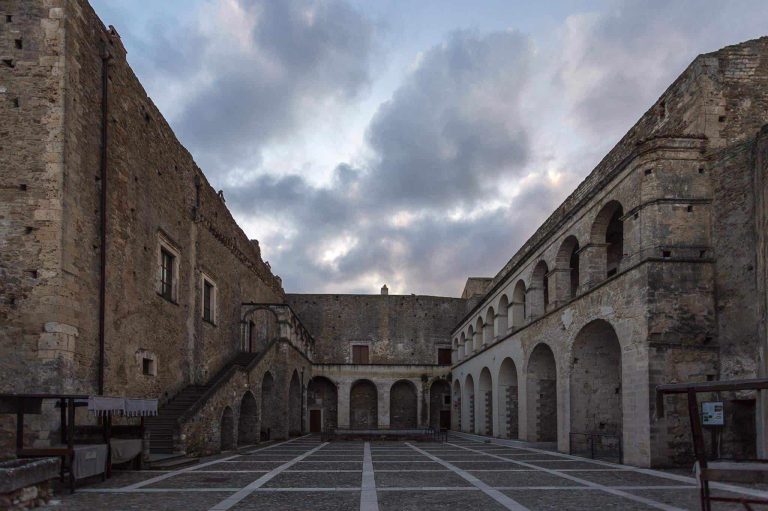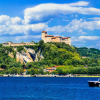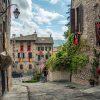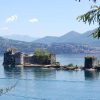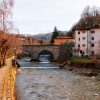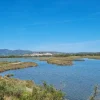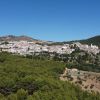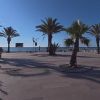An area dotted with rock churches, suggestive places such as the lake produced by the San Giuliano dam and villages: Miglionico with its castle, Ferrandina, Bernalda with the archaeological beauties of the Metaponto marina, the Greek Heraclea (today Policoro) and Grassano , where Carlo Levi was confined before going to the Aliano dei calanchi.
But it is above all on Irsina, Montescaglioso and Miglionico that we want to attract your attention for now.
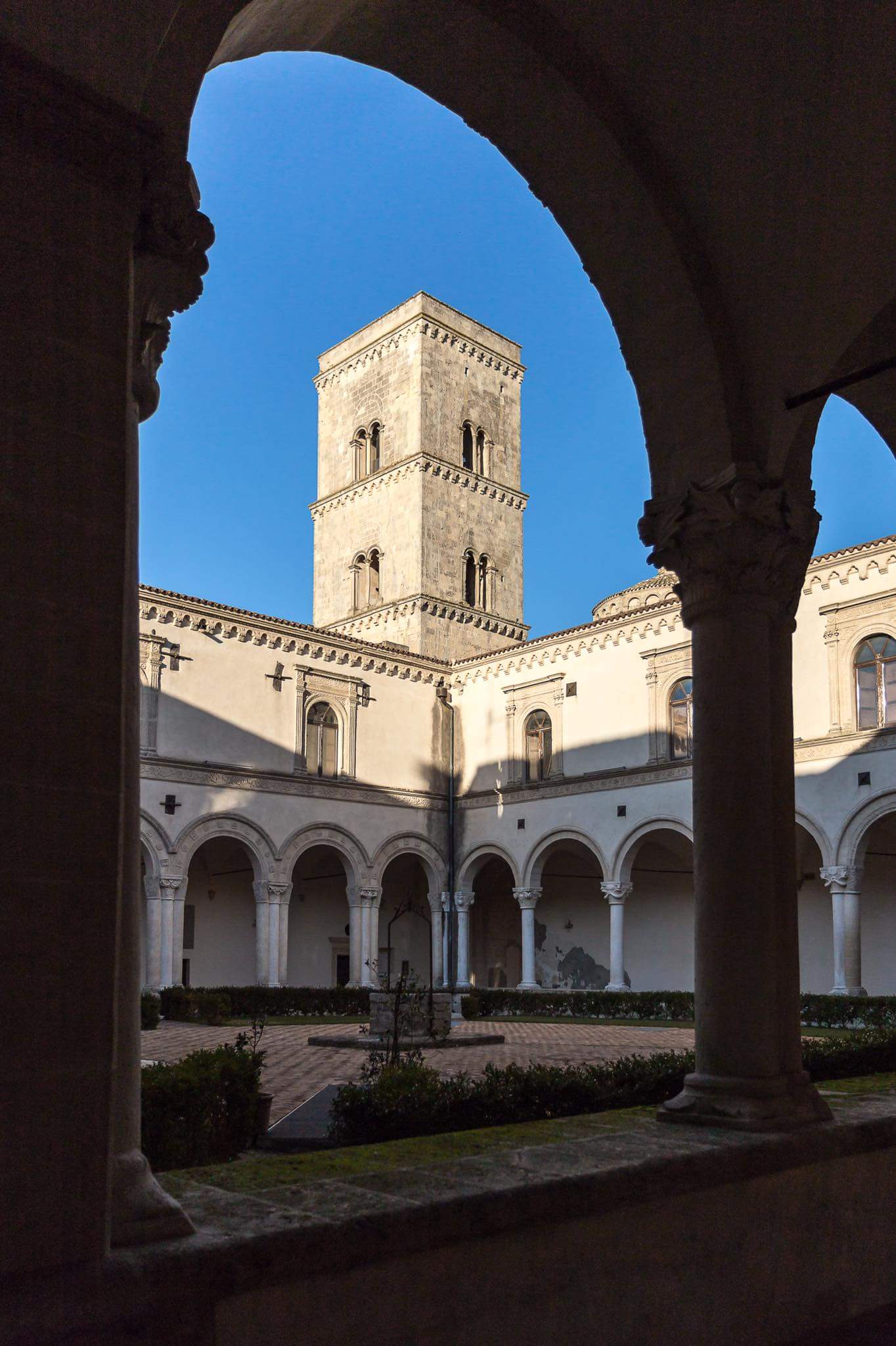
ABBEY SAN MICHELE IN MONTESCAGLIOSO
Here we are in Irsina, already a Norman stronghold. Landscapes softly green and soft, effect of the nineteenth-century policy of arable land. The city, with a strong grain production, looks at the Irsi hill, holder of archaeological secrets in its bowels, partly revealed in the archaeological museum dedicated to Michele Janora. Curious underground galleries in human height, called “bottini”: collect water to deposit it in decanting tanks, purifying it later and channeling it into the beautiful eighteenth-century fountain outside, with thirteen mouths. A small and austere historical center, birthplace of the seventeenth-century painter Andrea Miglionico, Irsina preserves in the cathedral its authentic treasure: the beautiful polychrome statue of Santa Eufemia, in Vicentine stone of Nanto, which the art historian Clara Gelao attributed to Andrea from 1996 Mantegna, while previously it was considered a work by Pietro Lombardo.
Few by now scholars are not convinced of this attribution, but one wonders how he arrived here a Mantegna, for another little known as a sculptor. The work is part of a donation arrived in Basilicata from Padua in 1454 thanks to the patron Roberto de Mabilia, presbyter of the church of San Daniele and originally from Irsina, a city that had then a bishop and a cathedral.
Authority and influence therefore did not lack to attract here an absolute masterpiece, of extraordinary seduction: the saint has an enthralling, moving look, one never stops admiring her, following her with a totally enchanted and rapt eyes.
The town, among other things, already housed a painting by Mantegna, now in Capodimonte in Naples.
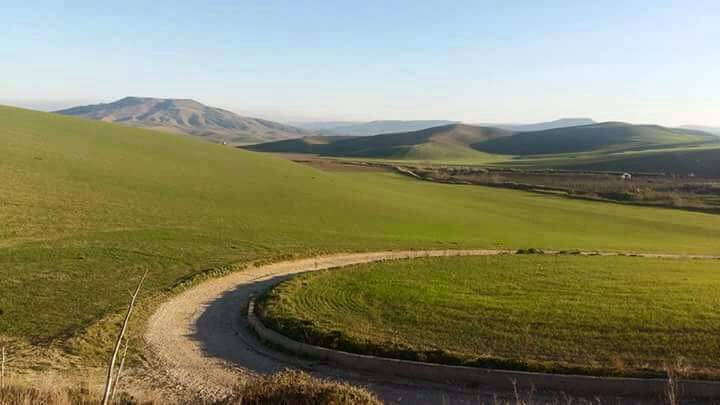
Landscape in Irsina
Now let’s go to Montescaglioso, home of the sixteenth-century sculptor Altobello Persio and famous for his Carnival. Ancient and rocky nucleus, remembered as Mons Caveosus, it offers the imposing Benedictine Abbey of San Michele Arcangelo. Also known as “shining star”, it was a symbolic and decisive collection of monastic culture, renowned for the documents kept and for setting up spaces for handicraft productions of shops and schools of crafts. The exquisitely stylistic and artistic supremacy of the abbey, with amazing columns and grandiose air of grace, gives the place an idea of ​​true magnificence.
Finally, Miglionico, where the Castello del Malconsiglio invites you and welcomes you, with its fascinating and almost “sinister” fame. Here is the famous and for some dismal Castle of Miglionico (Mt), precisely called “Malconsiglio” because there was a part of the episodes of the so-called Congiura dei Baroni fifteenth century against the Aragonese. Other than dismal. Beautiful castle. So too the village, with the famous polyptych of the great Venetian artist Cima da Conegliano in the mother church. Where you will also admire an intense Crucifix.
Photo by Paki Cassano

